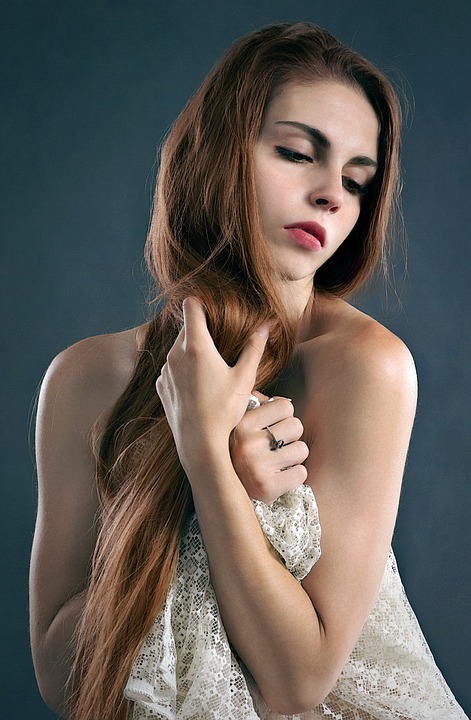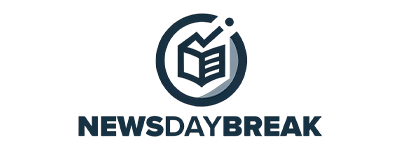Entertainment
The Power of Makeup in Film: Transforming Characters

If you’ve ever watched a movie and found yourself stunned by how different an actor looks, chances are you’ve been spellbound by the magic of makeup. Makeup in film isn’t just about looking pretty for the camera; it’s an essential part of storytelling. From the subtle touches to the grand transformations, makeup helps create memorable characters that transport us to different worlds. Grab a snack, and let’s dive into this fascinating topic!
The Role of Makeup in Character Development
Makeup plays a massive role in bringing characters to life. It’s a crucial tool that helps convey a character’s backstory, personality, and evolution throughout the film. Imagine a superhero versus a villain – the makeup used for both is often worlds apart.
Creating Distinct Looks
The first thing that comes to mind is how makeup can help create distinct looks. Here are some examples:
- Superheroes often have sleek and polished looks, emphasizing strength and vitality.
- Villains, on the other hand, might feature dark, edgy makeup that highlights their menacing nature.
The difference in styling not only shapes our perception of these characters but also reinforces their roles in the story.
Makeup and Emotional Resonance
Makeup doesn’t just enhance physical appearance; it can also depict emotional states. For instance, a character experiencing despair might have smudged eyeliner and a worn-out appearance. This visual representation can resonate deeply with audiences, offering a non-verbal connection to the character’s emotional journey.
Historical Context: Evolution of Makeup in Film
Makeup in film has come a long way since the early days of cinema. Back then, film was black and white, which meant makeup had to be somewhat exaggerated to register on camera. Fast forward to today, and beauty standards in film continue to evolve dramatically.
The Silent Era
In the silent film era, actors relied heavily on bold makeup to communicate emotions without spoken words. For example, stars like Mary Pickford used heavy makeup to portray innocence and charm. Lighting technology was limited, so makeup artists had to be creative, using colors that would stand out on screen.
The Golden Age of Hollywood
As color films emerged, makeup artists began using more nuanced palettes. The glamorous looks of the likes of Audrey Hepburn and Marilyn Monroe became iconic, defined by their flawless complexions and vibrant lips. This era not only showcased beauty but also set standards that still influence today’s makeup trends.
The Transformation Process: Behind the Scenes
If you think makeup is just a swipe of mascara and some lipstick, think again! The transformation process can be quite intricate, depending on the character’s requirements.
Special Effects Makeup
Think of films like The Van Helsing or Mad Max: Fury Road. Special effects makeup artists create everything from zombies to mutant creatures. This kind of makeup often takes hours to apply, involving layers of prosthetics, paint, and glue.
Fun fact: This intricate work is so vital that it’s even recognized with awards! The Academy of Motion Picture Arts and Sciences awards an Oscar for Best Makeup and Hairstyling each year, highlighting the importance of this craft.
The Makeup Artists’ Toolkit
Makeup artists come equipped with various tools, each designed for precise jobs:
- Foundation and concealer for creating an even skin tone.
- Color palettes for adding depth and dimension.
- Prosthetics for drastic changes, like aging or altering facial features.
This toolkit allows them to craft any look imaginable, transforming a common actor into a superhero, monster, or historical figure.
Iconic Makeup Transformations
You can’t talk about the power of makeup in film without mentioning some iconic transformations that left us all in awe.
The Joker (Heath Ledger)
Heath Ledger’s portrayal of The Joker in The Dark Knight is one for the books. The messy, smudged makeup was not only chilling but also truly representative of the chaotic nature of the character. The transformation was so effective that it became a focal point of discussions about the film.
👉 Check out this insightful piece on BBC for more context on makeup in film!
The Beast (Beauty and the Beast)
In Disney’s live-action Beauty and the Beast, the Beast’s makeup reflects his inner turmoil. With intricate prosthetics and texturing, makeup helped depict his character’s emotional depth and struggle for redemption, proving just how powerful makeup can be in evoking empathy.
The Impact of Makeup in Representation
Lately, Hollywood has been making strides toward diverse representation in filmmaking. With that, the role of makeup has expanded beyond traditional beauty standards to embrace more inclusive practices.
Celebrating Diversity
Makeup artists today are more aware of the beauty in diversity. They now have the tools and knowledge to create looks that represent different cultures, skin tones, and body types, which adds rich layers to character portrayals. This shift not only acknowledges but celebrates the unique stories of various communities.
Empowering Characters
Makeup can empower characters, too. Think about films with strong female leads, like Black Panther. Here, makeup artists worked hard to showcase the beauty in African cultures through traditional designs and patterns, offering a powerful representation that hadn’t been as visible in mainstream media before.
The Future of Makeup in Film
As we look to the future, the worldof makeup in film continues to evolve. With advancements in technology and a stronger focus on inclusivity, we can expect even more exciting transformations and storytelling methods.
Innovative Techniques
Virtual reality (VR) and augmented reality (AR) are becoming increasingly influential. Filmmakers can experiment with makeup designs digitally before ever applying them, allowing for endless creative possibilities. Imagine a character who can change their appearance in real-time on screen, with makeup that adapts seamlessly to the storyline!
Sustainability in Makeup
Another exciting trend is the push for sustainability in film makeup. As awareness of environmental issues grows, makeup artists are beginning to incorporate eco-friendly products into their kits. This change not only lowers the environmental impact of film production but also resonates with audiences who are increasingly concerned about sustainability.
Final Thoughts: Makeup as an Art Form
Ultimately, makeup in film is more than just skin deep; it’s an art form that enhances storytelling and character development. It serves to elevate performances, create emotional connections, and push the limits of creativity. It’s fascinating to see how diverse the field has become and how makeup artists continue to adapt to modern sensibilities.
Actors, directors, and makeup artists work together to ensure that every look tells a story and enhances the film as a whole. The next time you’re watching a movie, take a moment to appreciate the artistry involved in crafting the characters you see on screen. Trust me, it adds another layer of enjoyment to the viewing experience!
